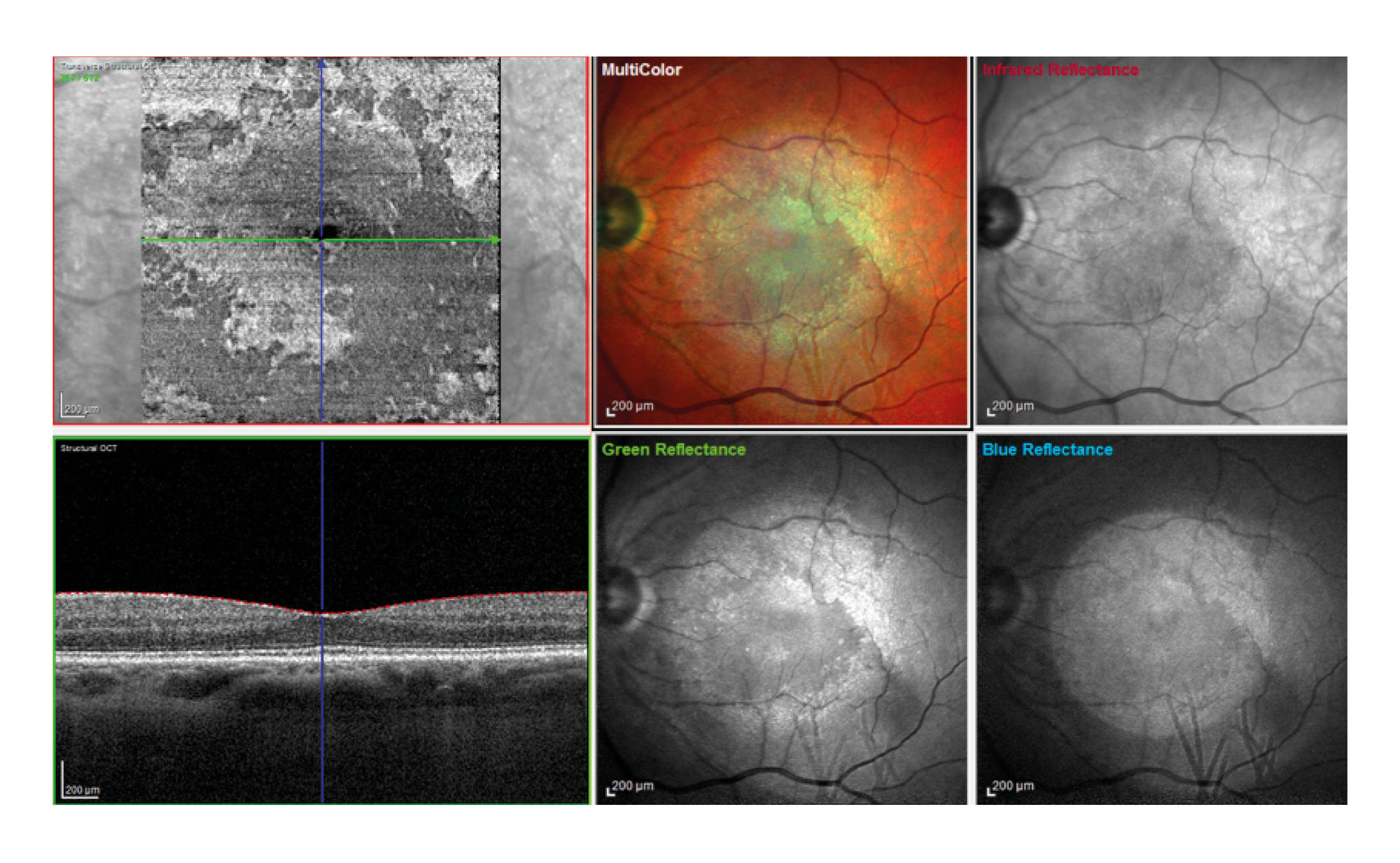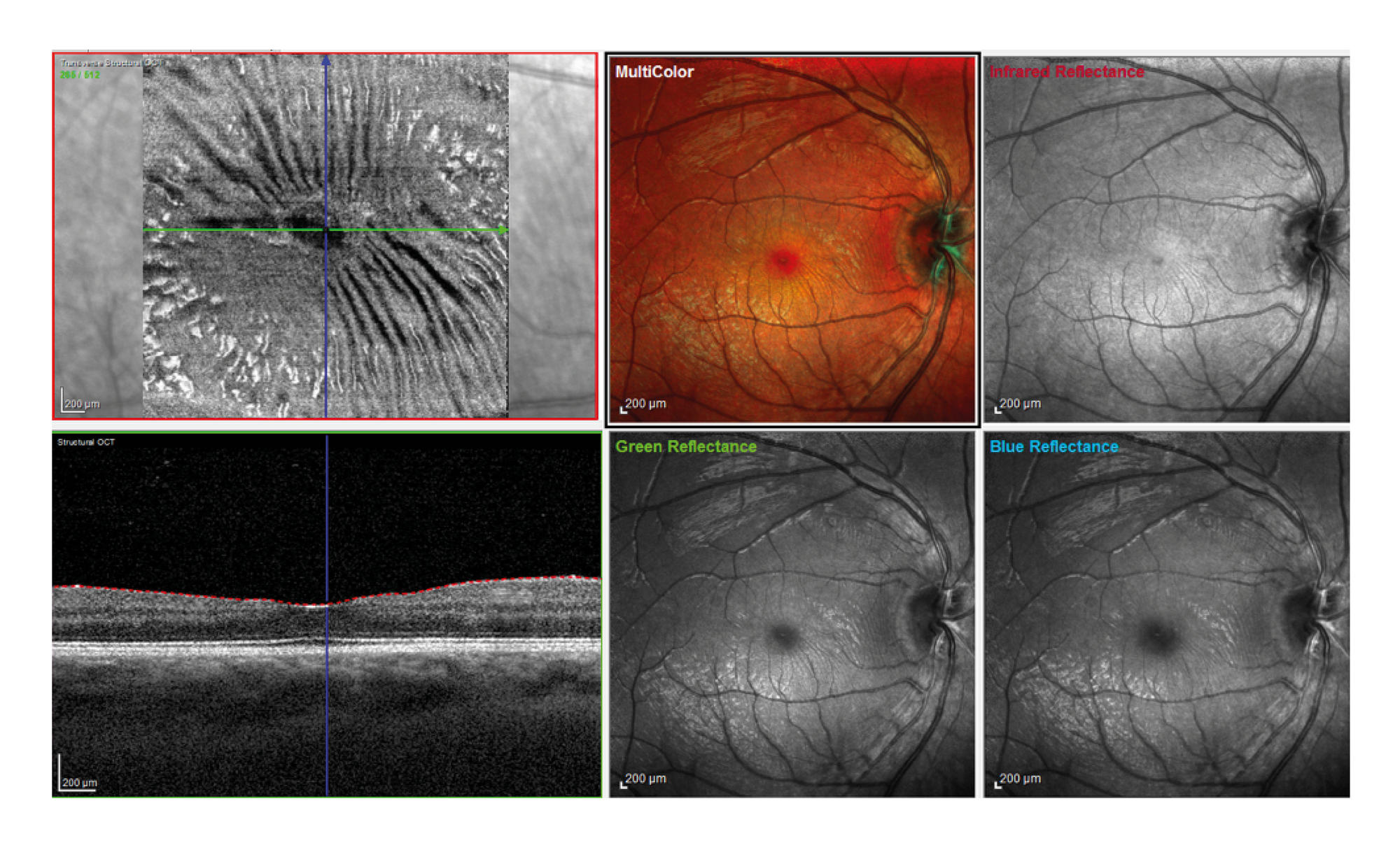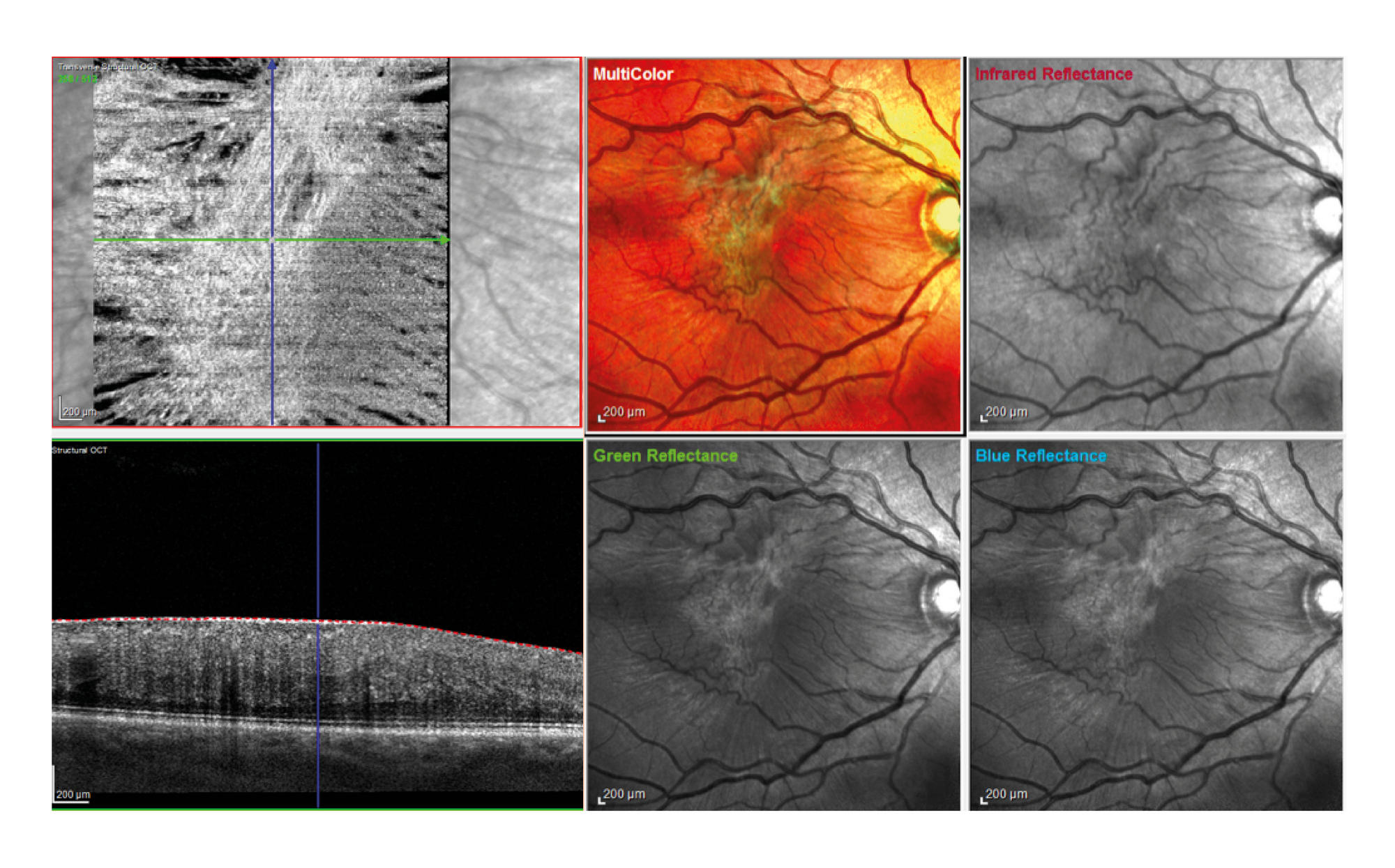
ORIGINAL RESEARCH
Modern aspects of multimodality approach to the diagnosis of idiopathic epiretinal membrane
1 Research Center for Ophthalmology,Pirogov Russian National Research Medical University, Moscow, Russia
2 Department of Ophthalmology, Faculty of Pediatrics,Pirogov Russian National Research Medical University, Moscow, Russia
Correspondence should be addressed: Ekaterina P. Tebina
Volokolamskoe shosse, d. 30, korp. 2, Moscow, Russia, 125310; ur.liam@anibetaniretake
All authors' contribution to this work is equal: selection and analysis of literature, research planning, data collection, analysis, and interpretation, drafting of a manuscript, editing.


